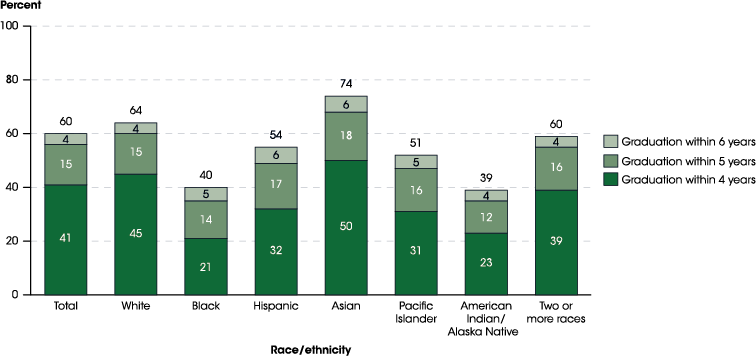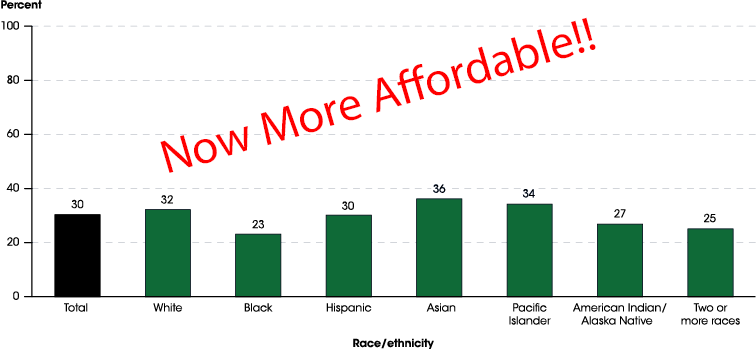This week on the blog I’m serializing a talk I gave for CSU Channel Islands last week as part of their Open Education Week festivities. My talk was titled, The State of Open: The Good, the Bad, and the Ugly. I posted the first installment yesterday, explaining how a fundamental failure to understand copyright makes the definition of OER in the new UNESCO recommendation nonsensical. In this second installment, I want to describe how it appears that many in the OER community have taken their eye off the ball.

It seems like much of the OER community has all but forgotten about student learning. The community’s increasingly myopic focus on affordability leaves little space to ask questions about the impact of OER adoption or OER-enabled pedagogies on student learning or other measures of student success. While every OER initiative in US higher ed measures cost savings, the initiatives that explore the implications of OER adoption for student learning are few and far between. Affordability seems to have become the end goal of OER advocacy, instead of being an important step on the path to improving student learning.
The last decade of research on OER, cost savings, and student learning has clearly established two findings:
- Using OER does consistently and reliably lower the cost of course materials
- Using OER does not consistently and reliably improve student learning or other measures of student success
This shouldn’t come as a surprise. Researchers from OpenStax have cleverly demonstrated that increasing access to course materials is not likely to measurably improve student success. But we desperately need consistent and reliable improvement in student learning and other measures of student success.
Just how desperately do we need these improvements?
Success rates among students seeking four year degrees are unacceptably low. As shown in the following visualization, the overall graduation rate from a four year degree program is only 60% even when measured after six years.
Graduation rates from first institution attended for first-time, full-time bachelor’s degree-seeking students at 4-year postsecondary institutions, by race/ethnicity and time to completion: Cohort entry year 2010

Success rates among students in two year degree programs are abysmally low. As shown in the following visualization, the overall graduation rate from a two year degree program is only 30% even when measured after three years.
Graduation rate within 150 percent of normal time for degree completion from first institution attended for first-time, full-time associate’s degree/certificate-seeking students at 2-year postsecondary institutions, by race/ethnicity: Cohort entry year 2013

Affordability is certainly important, but is affordability our end goal? If affordability is our end goal, our “hang the ‘Mission Accomplished!’ banner” moment will look like this: “30% graduation rates, now more affordable!”

Improving affordability is a critically important step, but it should not be our end goal. Our end goal must be consistently and reliably improving student learning and other measures of student success. These success measures only improve consistently and reliably when faculty and student engagement in effective teaching and learning practices increases. And changing faculty’s pedagogical habits and students’ study habits is much more complicated than changing the course materials they use.
When we are truly committed to using OER as a lever to improve student learning and other student success measures – that is, when our eye is back on the ball – tracking and reporting changes in these metrics will be as common for OER initiatives as estimating and reporting cost savings is today. Yes, these are certainly harder to measure than cost savings. But they’re also far more important.
You must be logged in to post a comment.